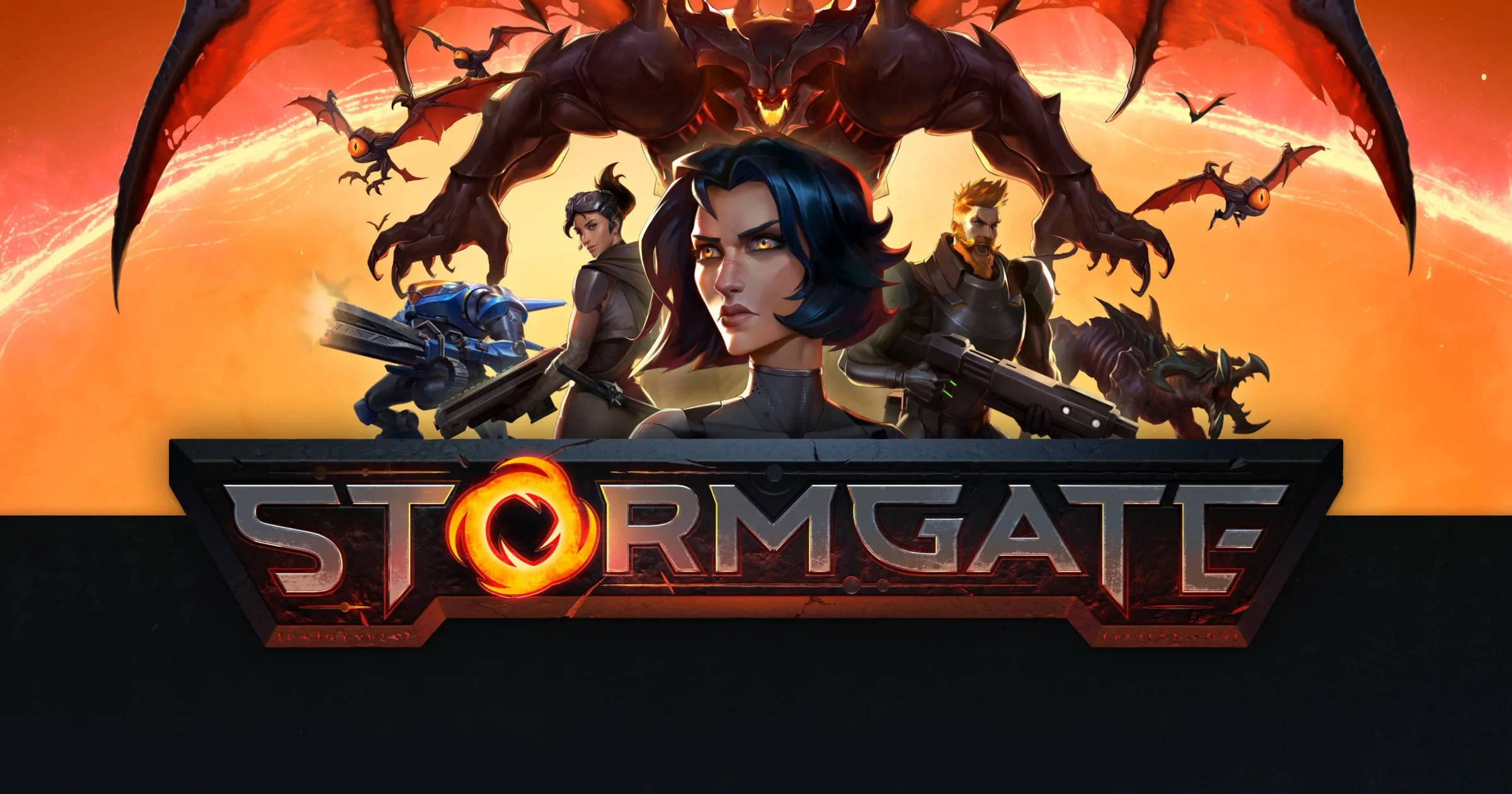Stormgate Matchmaking & Ladder FAQ

Do I have an MMR (matchmaking rating)?
Yes! Each player currently has a matchmaking rating (MMR) representing their skill and a rating uncertainty that is updated after every game they play. The whole matchmaking system and ladder is built around this. Currently, the default MMR is 1500, and the best players have reached 2300 MMR on the closed beta.
Why is my MMR not shown?
We are not hiding MMR; a number of UI features simply did not make it into release for this phase of closed beta and are still in development. Rest assured that MMR will be prominently shown when the game is officially released!
What’s rating uncertainty?
Rating uncertainty is a measure used in matchmaking systems to gauge how accurately a player's skill level (MMR) is known. For new players, this uncertainty is high because their ability is not yet clearly established. As a result, their matchmaking rating (MMR) can change more dramatically in the initial games to quickly find the appropriate skill level. Over time, as players play more matches, the system becomes more certain about their skill level, leading to smaller adjustments in their MMR. This mechanism helps ensure that players are matched fairly and accurately according to their skill.
Does that mean that after a while, my MMR will remain the same as there is no uncertainty anymore?
No! The rating system we use makes sure that ratings do not become stale by enforcing a rating uncertainty floor–we never become too sure. This always leaves the door open for players to improve in skill and to see their rating rapidly go up if they are on a winning streak.
Do I have a separate MMR per faction?
Yes!
What’s a season?
We define a season as a period of time, potentially 1-3 months, where players can climb the ladder by gaining RP. MMR will largely persist between seasons, but ladder ranks, season activity, and RP will be fully reset.
What’s RP?
RP stands for ranking points. It’s a single numerical value that is the basis of the ranking system, as the ladder is simply a sorting of players from most to least RP. At the moment, this number is based on the maximum confirmed MMR a player has achieved throughout a season, and how many wins they have accumulated in the ongoing season.
What’s the maximum confirmed MMR?
Roughly speaking, the highest MMR you’ve hit in the ongoing season, with a caveat. Confirmed here means that we take into account the notion of rating uncertainty, so that newer accounts cannot benefit disproportionately from getting lucky in their first few games. Also, we don’t want everyone to have at least hit the default rating of 1500 MMR–so this “rating uncertainty discount” is necessary. The higher the rating uncertainty, the more discounted the MMR associated with it.
For example, starting at 1500 MMR and a rating uncertainty of 350 gives a confirmed rating of 0 - which can only go up. As you play more games, uncertainty goes down and your MMR moves up and down, we keep checking if you’ve beaten your previous high - this is why it’s a maximum. Once MMR is entirely calibrated and has reached the rating uncertainty “floor” we discussed previously (say, after about 50 games), it is strictly equivalent to the maximum MMR a player has reached beyond that.
Why take the maximum and not the current MMR instead?
The goal of a ranking system attached to a ladder is to promote activity, and to make sure players are always incentivized to play more, and at the very least, never discouraged from playing. If one uses the current rating, then players still have access to this “maximum”: they can just stop playing on a high, and protect their MMR that way. This is simply not fun, so we give you this “maximum” for free–you can’t lose it–so you can keep playing with confidence even towards the end of a season! It should also help with ladder anxiety, knowing that you’re not going to negatively affect your rank by losing the next game.
Why is activity taken into account at all?
It would be boring if the best player just had to play a few games per season to rank very high, and just got to sit at the top of the ladder. We would rather promote activity for the whole player base. Rest assured though, that activity has diminishing returns in our ranking points formula, and two fully saturated players will find themselves ranked in order of their maximum confirmed MMR
Does this mean players who are more active will be placed in higher leagues?
For the inaugural season, where the size and skill of the player pool are unknown, active players may crowd the top of the ladder a bit. In future seasons, historical data will allow us to establish sensible boundaries to keep each league looking healthy. In either case, we think that the league system we are currently working on will be exciting to climb!
Sometimes I win a game and my RP changes by 1 or 2 points, and sometimes it moves very rapidly after a win - why is that?
We understand that it might be confusing to see your RP change without seeing your MMR, but if you see your RP move up wildly after a period of stagnation, the most likely explanation is that you’ve just surpassed your previous highest MMR reached. In cases where your RP moves slowly, it means you’re still saturating the activity part of the RP formula, but you’re not currently improving your highest MMR. The magnitude of the change generally has little to do with how good your opponent is.
I feel like the matchmaker is not always giving me fair games, why is that?
First, let us emphasize that RP, although it’s tied to a player’s MMR, is not at all taken into account when matching players - only their current MMR matters, which was unfortunately not displayed during our last beta phase. If there was a huge disparity in RP between you and your opponent (it seems people made a habit of announcing their RP at the start of games), it could have been because they were more or less active than you, but you should have had a roughly similar MMR.
Second, ratings are highly volatile at the start of a ladder in a completely new game: you may recognize the opponent’s name and know they are an RTS pro and thus likely to be very good, but the system might not know that yet if they have played very few games!
I think I was matched too quickly and the match was too easy/hard, why not wait longer?
We decided to make queue times short as this is a beta and we’d rather people spend time playing the game versus looking for a match and wondering if they’re just unlucky or encountered a bug! Given a target waiting time, the matchmaking quality is a function of the overall activity level in real time, so it may fluctuate greatly as players are more or less active at certain times, and a bit more at the start of the testing period than at the end. We expect activity levels to be multiple orders of magnitude greater in the final release, so we are confident that matchmaking quality will improve in the future!




